© 2016 Your company
Group "Children of Priam" art and research project "Cultural Kitchen": Embracing Diversity and Identity in Refugee and Asylum centres". (The project is in the stages of seeking funding)
The project "Cultural Kitchen: Embracing Diversity and Identity in Refugee and Asylum centres".The goal is to create a mobile food laboratory.
The Art group "Children of Priam" was founded in early 2023. The group consists of artists Tommaso Sandri and Spartak Khachanov. The project is based on the personal experience of the band members. Since 2019 Spartak Khachanov is a political refugee and artist in exile. While seeking asylum, he lived in the Vantaa refugee center for two years.Tommaso Sandri's travels since 2015 along the migration routes, collecting drawings of migrants on 30- meter rolls of paper.
The project "Cultural Kitchen" will investigate the possible connection between art and food. Food is intimately linked to our personal memory and it is the symbol of the evolution of every culture around the world.
The idea of our project is to turn a food truck into a mobile food&culture laboratory. The participants of this project will travel with a food truck all over Finland where refugee centers are located during two years.The participatory lab will involve not only the center guests, but the kitchen staff as well, as a part of a united group. The goal of the group is to collect refugee stories and recipes in the refugee centers all over Finland. The recipes and stories collected in the research will be published in a refugee cookbook. The entire trip and research will be filmed in order to edit and release a documentary.
After the completion of the project, the group plans to present the project, one of the options, to the Kiasma Museum. In the museum, members of the group will set up a temporary restaurant where both the traditional and the innovative recipes created in the first stage cooking session will be served to visitors/customers. A documentary film will also be shown at the Exhibition and a refugee cookbook will be released for sale. All funds will go to help the refugees.
https://drive.google.com/file/d/1XBRmYWGjCaMw-bqGu...
The Art group "Children of Priam" was founded in early 2023. The group consists of artists Tommaso Sandri and Spartak Khachanov. The project is based on the personal experience of the band members. Since 2019 Spartak Khachanov is a political refugee and artist in exile. While seeking asylum, he lived in the Vantaa refugee center for two years.Tommaso Sandri's travels since 2015 along the migration routes, collecting drawings of migrants on 30- meter rolls of paper.
The project "Cultural Kitchen" will investigate the possible connection between art and food. Food is intimately linked to our personal memory and it is the symbol of the evolution of every culture around the world.
The idea of our project is to turn a food truck into a mobile food&culture laboratory. The participants of this project will travel with a food truck all over Finland where refugee centers are located during two years.The participatory lab will involve not only the center guests, but the kitchen staff as well, as a part of a united group. The goal of the group is to collect refugee stories and recipes in the refugee centers all over Finland. The recipes and stories collected in the research will be published in a refugee cookbook. The entire trip and research will be filmed in order to edit and release a documentary.
After the completion of the project, the group plans to present the project, one of the options, to the Kiasma Museum. In the museum, members of the group will set up a temporary restaurant where both the traditional and the innovative recipes created in the first stage cooking session will be served to visitors/customers. A documentary film will also be shown at the Exhibition and a refugee cookbook will be released for sale. All funds will go to help the refugees.
https://drive.google.com/file/d/1XBRmYWGjCaMw-bqGu...
Media: Photography, Installation, Video
Location: Participation in a magazine exhibition (NINABYRON For issue #6, the theme is 100 years of Antifascism, as in September 2022 Fascism was officially born in Italy), Rome, Italy
While living in a refugee center for two years, I researched its interior and exterior. I visually touched the space and analyzed it. I have documented this in the form of photographs, videos and audio sketches. I analyzed the refugee center in the context of its space and from the point of view of an advertising designer. I worked on the design and creation of the visual identity of the refugee center. The work touches many aspects of refugee life, such as activities, the environment, nutrition and food, daily life, and interaction with the environment outside the center.
When I was still living in Ukraine, I had no idea what a refugee centre was and who lived there. Suddenly, because of the threats and persecution, I had to leave my country. The reason for the persecution was my art. I ended up in the refugee centre, and I experienced the charm of this place myself. A refugee centre is like a black hole in the urban space or in the place it is located. There is no sense of time in the centre. Every day is repeated and everything is the same. The place is slowly killing everything inside you. From the place where you were born and where you lived, they took you away like trash. And the new society where you arrived is in no hurry to accept or even to notice you. The refugees are stuck between the past and the future, being somewhere in the middle, in a strange position. They cannot return to their homeland, and their future is vague.
On February 24, 2022, the world changed because of the war in Ukraine that Russia started in order to destroy democracy and freedom. The biggest migration crisis in the world in the 21st century has erupted. Because of the war, 5 million 100 thousand people had to leave their homes and become refugees, and this is just the beginning. About 40,000 refugees from Ukraine have already been registered in Finland. The war also affected my wife and my relatives, among whom were small children, a pregnant girl and our elderly parents. They had to leave home and become refugees in Finland.
At that time, the project transformed into another stage. In the first stage of the project, I was a direct subject of it and a refugee, and my task was to document and research the space of the refugee center, creating a portrait of the center. And in the second stage of the project, everything changed and became more complicated: I became an observer and a guide. My project started working in a different direction and connected directly with my family. The project became personal and intimate.
The importance of 'Impersonal' lies in the fact that it aims to draw the curtain and show up close to the Finnish society what the refugee centre is, and what problems people are faced with there.
Location: Participation in a magazine exhibition (NINABYRON For issue #6, the theme is 100 years of Antifascism, as in September 2022 Fascism was officially born in Italy), Rome, Italy
While living in a refugee center for two years, I researched its interior and exterior. I visually touched the space and analyzed it. I have documented this in the form of photographs, videos and audio sketches. I analyzed the refugee center in the context of its space and from the point of view of an advertising designer. I worked on the design and creation of the visual identity of the refugee center. The work touches many aspects of refugee life, such as activities, the environment, nutrition and food, daily life, and interaction with the environment outside the center.
When I was still living in Ukraine, I had no idea what a refugee centre was and who lived there. Suddenly, because of the threats and persecution, I had to leave my country. The reason for the persecution was my art. I ended up in the refugee centre, and I experienced the charm of this place myself. A refugee centre is like a black hole in the urban space or in the place it is located. There is no sense of time in the centre. Every day is repeated and everything is the same. The place is slowly killing everything inside you. From the place where you were born and where you lived, they took you away like trash. And the new society where you arrived is in no hurry to accept or even to notice you. The refugees are stuck between the past and the future, being somewhere in the middle, in a strange position. They cannot return to their homeland, and their future is vague.
On February 24, 2022, the world changed because of the war in Ukraine that Russia started in order to destroy democracy and freedom. The biggest migration crisis in the world in the 21st century has erupted. Because of the war, 5 million 100 thousand people had to leave their homes and become refugees, and this is just the beginning. About 40,000 refugees from Ukraine have already been registered in Finland. The war also affected my wife and my relatives, among whom were small children, a pregnant girl and our elderly parents. They had to leave home and become refugees in Finland.
At that time, the project transformed into another stage. In the first stage of the project, I was a direct subject of it and a refugee, and my task was to document and research the space of the refugee center, creating a portrait of the center. And in the second stage of the project, everything changed and became more complicated: I became an observer and a guide. My project started working in a different direction and connected directly with my family. The project became personal and intimate.
The importance of 'Impersonal' lies in the fact that it aims to draw the curtain and show up close to the Finnish society what the refugee centre is, and what problems people are faced with there.
Media: Photography, Painting, Installation, Video, Sculpture
Location: Group exhibitions "My Home Some where" 2024, Vantaa Art Museum ARTSI, Finland
Location: Stills of peace And everyday life Itala e Armenia 2022 (The exhibition "Cannibals, Kings, and Gifts"), CISTERNA DI PALAZZO ACQUAVIVA – ATRI, Pescara, Italy
While living in a refugee center for two years, I researched its interior and exterior. I visually touched the space and analyzed it. I have documented this in the form of photographs, videos and audio sketches. I analyzed the refugee center in the context of its space and from the point of view of an advertising designer. I worked on the design and creation of the visual identity of the refugee center. The work touches many aspects of refugee life, such as activities, the environment, nutrition and food, daily life, and interaction with the environment outside the center.
When I was still living in Ukraine, I had no idea what a refugee centre was and who lived there. Suddenly, because of the threats and persecution, I had to leave my country. The reason for the persecution was my art. I ended up in the refugee centre, and I experienced the charm of this place myself. A refugee centre is like a black hole in the urban space or in the place it is located. There is no sense of time in the centre. Every day is repeated and everything is the same. The place is slowly killing everything inside you. From the place where you were born and where you lived, they took you away like trash. And the new society where you arrived is in no hurry to accept or even to notice you. The refugees are stuck between the past and the future, being somewhere in the middle, in a strange position. They cannot return to their homeland, and their future is vague.
On February 24, 2022, the world changed because of the war in Ukraine that Russia started in order to destroy democracy and freedom. The biggest migration crisis in the world in the 21st century has erupted. Because of the war, 5 million 100 thousand people had to leave their homes and become refugees, and this is just the beginning. About 40,000 refugees from Ukraine have already been registered in Finland. The war also affected my wife and my relatives, among whom were small children, a pregnant girl and our elderly parents. They had to leave home and become refugees in Finland.
At that time, the project transformed into another stage. In the first stage of the project, I was a direct subject of it and a refugee, and my task was to document and research the space of the refugee center, creating a portrait of the center. And in the second stage of the project, everything changed and became more complicated: I became an observer and a guide. My project started working in a different direction and connected directly with my family. The project became personal and intimate.
The importance of 'Impersonal' lies in the fact that it aims to draw the curtain and show up close to the Finnish society what the refugee centre is, and what problems people are faced with there.
Location: Group exhibitions "My Home Some where" 2024, Vantaa Art Museum ARTSI, Finland
Location: Stills of peace And everyday life Itala e Armenia 2022 (The exhibition "Cannibals, Kings, and Gifts"), CISTERNA DI PALAZZO ACQUAVIVA – ATRI, Pescara, Italy
While living in a refugee center for two years, I researched its interior and exterior. I visually touched the space and analyzed it. I have documented this in the form of photographs, videos and audio sketches. I analyzed the refugee center in the context of its space and from the point of view of an advertising designer. I worked on the design and creation of the visual identity of the refugee center. The work touches many aspects of refugee life, such as activities, the environment, nutrition and food, daily life, and interaction with the environment outside the center.
When I was still living in Ukraine, I had no idea what a refugee centre was and who lived there. Suddenly, because of the threats and persecution, I had to leave my country. The reason for the persecution was my art. I ended up in the refugee centre, and I experienced the charm of this place myself. A refugee centre is like a black hole in the urban space or in the place it is located. There is no sense of time in the centre. Every day is repeated and everything is the same. The place is slowly killing everything inside you. From the place where you were born and where you lived, they took you away like trash. And the new society where you arrived is in no hurry to accept or even to notice you. The refugees are stuck between the past and the future, being somewhere in the middle, in a strange position. They cannot return to their homeland, and their future is vague.
On February 24, 2022, the world changed because of the war in Ukraine that Russia started in order to destroy democracy and freedom. The biggest migration crisis in the world in the 21st century has erupted. Because of the war, 5 million 100 thousand people had to leave their homes and become refugees, and this is just the beginning. About 40,000 refugees from Ukraine have already been registered in Finland. The war also affected my wife and my relatives, among whom were small children, a pregnant girl and our elderly parents. They had to leave home and become refugees in Finland.
At that time, the project transformed into another stage. In the first stage of the project, I was a direct subject of it and a refugee, and my task was to document and research the space of the refugee center, creating a portrait of the center. And in the second stage of the project, everything changed and became more complicated: I became an observer and a guide. My project started working in a different direction and connected directly with my family. The project became personal and intimate.
The importance of 'Impersonal' lies in the fact that it aims to draw the curtain and show up close to the Finnish society what the refugee centre is, and what problems people are faced with there.
Location: Solo exhibition "WINDOW EXHIBITION", AT GLOBE ART POINT, Helsinki, Finland
Location: Participation in a magazine exhibition (Shy Plumber, Anti-War Journal of Art and Anti-Art), Helsinki, Finland, Berlin, Germany
The "Title" project is a series of old photographs from the Second World War period, as well as major political figures from that era, taken from Google. This is an echo of history, which reflects the ghosts of the past and present. It's layering stories on top of each other, like editing shots in a movie.
Location: Participation in a magazine exhibition (Shy Plumber, Anti-War Journal of Art and Anti-Art), Helsinki, Finland, Berlin, Germany
The "Title" project is a series of old photographs from the Second World War period, as well as major political figures from that era, taken from Google. This is an echo of history, which reflects the ghosts of the past and present. It's layering stories on top of each other, like editing shots in a movie.
Media: Video, photography, bioprinting, installation, neural network
Project location: Exhibition "Cannibals, Kings and Gifts", curated by Eva Comuzzi, CISTERNA DI PALAZZO ACQUAVIVA – ATRI, Pescara, Italy.
On the night of February 24, Russia attacked Ukraine. During the hostilities, many historical and monumental works of art were desecrated and destroyed. People try to save and protect art objects from Russian missiles using sandbags, metal sheets and slabs, or some other building materials. As a result, many historical monuments are visually transformed, and resemble outwardly the cocoon of insects.
The entire history of human civilization is full of wars and mutual destruction, conflicts and violence, due to which many nations, cultures and even civilizations have irrevocably disappeared into the black hole of history. However, in the process of its development, mankind not only destroyed, but also created works of art and culture. These works of art from the past remind us that the world is fragile and vulnerable. Many of them have not survived to our time. It is unfortunate that cultural heritage is still being destroyed in the 21st century.
In the first phase of the project I used photographs featuring sculptures from Ukraine covered with a protective shell resembling a cocoon. The photos show monuments from different cities of Ukraine: Kharkiv, Kyiv, Odessa. Most of them were taken by a friend of mine.
With the help of a programming language, special software was developed that trained a neural network using photos of historical objects in protective shells from Ukraine. The neural network finds images of monuments on the Internet, and performs a generative digital process. It does a cut-out from photos of Ukrainian monuments that are covered in a protective shell, and sticks this on top of other monuments, imitating light shapes, creating spider-like cocoons.
I plan to do research in the field of bioprinting and biomaterials as part of the second phase of my project titled "Cocoon". Out of the photos converted into cocoons, I plan to create 3D models of cocoons and print with 3D bioprinting, using biomaterials. This way I turn the cocoons into living organisms, living sculptures.
The "Cocoon" project is about the rebirth of humanity into something better. How a caterpillar turns into a chrysalis, to become a beautiful butterfly.
The project "Cocoon" is very important as it touches on today's dangerous situation hanging over humanity. It raises a question about democracy and freedom, and deals with the danger of the annihilation of mankind and life on the planet.
Project location: Exhibition "Cannibals, Kings and Gifts", curated by Eva Comuzzi, CISTERNA DI PALAZZO ACQUAVIVA – ATRI, Pescara, Italy.
On the night of February 24, Russia attacked Ukraine. During the hostilities, many historical and monumental works of art were desecrated and destroyed. People try to save and protect art objects from Russian missiles using sandbags, metal sheets and slabs, or some other building materials. As a result, many historical monuments are visually transformed, and resemble outwardly the cocoon of insects.
The entire history of human civilization is full of wars and mutual destruction, conflicts and violence, due to which many nations, cultures and even civilizations have irrevocably disappeared into the black hole of history. However, in the process of its development, mankind not only destroyed, but also created works of art and culture. These works of art from the past remind us that the world is fragile and vulnerable. Many of them have not survived to our time. It is unfortunate that cultural heritage is still being destroyed in the 21st century.
In the first phase of the project I used photographs featuring sculptures from Ukraine covered with a protective shell resembling a cocoon. The photos show monuments from different cities of Ukraine: Kharkiv, Kyiv, Odessa. Most of them were taken by a friend of mine.
With the help of a programming language, special software was developed that trained a neural network using photos of historical objects in protective shells from Ukraine. The neural network finds images of monuments on the Internet, and performs a generative digital process. It does a cut-out from photos of Ukrainian monuments that are covered in a protective shell, and sticks this on top of other monuments, imitating light shapes, creating spider-like cocoons.
I plan to do research in the field of bioprinting and biomaterials as part of the second phase of my project titled "Cocoon". Out of the photos converted into cocoons, I plan to create 3D models of cocoons and print with 3D bioprinting, using biomaterials. This way I turn the cocoons into living organisms, living sculptures.
The "Cocoon" project is about the rebirth of humanity into something better. How a caterpillar turns into a chrysalis, to become a beautiful butterfly.
The project "Cocoon" is very important as it touches on today's dangerous situation hanging over humanity. It raises a question about democracy and freedom, and deals with the danger of the annihilation of mankind and life on the planet.
Plasticine stop-motion animation project "Penisland Planet", presents a fictional universe with the fictional planet Penisland, where society is built on the principles of militarism. The main idea of the parade is a way of living. The animation shows one day in the life of the citizens of this planet, in which a daily military parade takes place. The duration of the animation is 12-15 minutes. The animation loops and the military parade continues over and over again.
The project touches upon the theme of military parades, militarisation and personality cult. Are parades even necessary in the civilized world?
They are a reminder that the military can easily become a brainless system. How the military force can become a cancerous tumor for any society in the world and how some countries still blindly revere their armed forces, no matter how illegal and absurd their actions may be.
The goal of the project is to convey to society the danger of militarisation as a state ideology, which is happening now in many states that are building up their military power and waging wars. Using satire to show the military parade as a senseless and absurd phenomenon.
The task is to convey to society what is behind such parades. Namely, millions of refugees, millions of people who were left homeless, millions of people killed, millions of orphans, hunger, pollution, environmental problems and the death of the planet. Using satire to show the military parade as a senseless and absurd phenomenon.
For the period 2019-2021, the artist talked about my project and demonstrated the project: Art Museum 'HAM Hall', Helsinki, HIAP, Helsinki Galleria 'Myymälä2', Helsinki, "DELFI", Malmö, Sweden, 'Work Atelier Plastilin', Sofia, Bulgaria, 'Kunsthalle am Hamburger Platz', Berlin, Germany, "Sofia Art Week 2019", Sofia, Bulgaria
Publications and interviews related to the project: The Washington Post, TAZ, HYPERALLERGIC, BBC News. I also gave an interview to The Guardian and Art Review editor, writer and critic Oliver Basciano.
The project touches upon the theme of military parades, militarisation and personality cult. Are parades even necessary in the civilized world?
They are a reminder that the military can easily become a brainless system. How the military force can become a cancerous tumor for any society in the world and how some countries still blindly revere their armed forces, no matter how illegal and absurd their actions may be.
The goal of the project is to convey to society the danger of militarisation as a state ideology, which is happening now in many states that are building up their military power and waging wars. Using satire to show the military parade as a senseless and absurd phenomenon.
The task is to convey to society what is behind such parades. Namely, millions of refugees, millions of people who were left homeless, millions of people killed, millions of orphans, hunger, pollution, environmental problems and the death of the planet. Using satire to show the military parade as a senseless and absurd phenomenon.
For the period 2019-2021, the artist talked about my project and demonstrated the project: Art Museum 'HAM Hall', Helsinki, HIAP, Helsinki Galleria 'Myymälä2', Helsinki, "DELFI", Malmö, Sweden, 'Work Atelier Plastilin', Sofia, Bulgaria, 'Kunsthalle am Hamburger Platz', Berlin, Germany, "Sofia Art Week 2019", Sofia, Bulgaria
Publications and interviews related to the project: The Washington Post, TAZ, HYPERALLERGIC, BBC News. I also gave an interview to The Guardian and Art Review editor, writer and critic Oliver Basciano.
Materials: Adhesive tape (silver, blue, red), forest, snow
Project location: The International Winter Festival of Environmental Art "Mythogenesis", stop "Aviapolis", Vantaa, Finland, Vinnytsia, Ukraine
The line guiding the path of our life, outlines our boundaries of finding, guiding our way of life, outlining our space, limiting dividing and connecting. It stretches from the past to the present and aspires to the future. It is an invisible object. She is a trail of moving points, that is, her work. It arose from movement - namely, as a result of the destruction of the highest, self-contained rest of the point. Quotes from the book: Vasily Vasilyevich Kandinsky "Point and Line on a Plane" (1926).
Project location: The International Winter Festival of Environmental Art "Mythogenesis", stop "Aviapolis", Vantaa, Finland, Vinnytsia, Ukraine
The line guiding the path of our life, outlines our boundaries of finding, guiding our way of life, outlining our space, limiting dividing and connecting. It stretches from the past to the present and aspires to the future. It is an invisible object. She is a trail of moving points, that is, her work. It arose from movement - namely, as a result of the destruction of the highest, self-contained rest of the point. Quotes from the book: Vasily Vasilyevich Kandinsky "Point and Line on a Plane" (1926).
Materials: Modern technologies VR, AR, 3D modeling
Location: Art festival "Estação Viva 2024", Porto, Portugal
Location: Group exhibitions "Quantum Critic project 2023", Helsinki, Finland
Location: ARTEFACT Chernobyl x MADATAC 2020, Madrid, Spain
Location: Art festival "Estação Viva 2024", Porto, Portugal
Location: Group exhibitions "Quantum Critic project 2023", Helsinki, Finland
Location: ARTEFACT Chernobyl x MADATAC 2020, Madrid, Spain
Material: Projectors, telephones, plasma screens, speakers.
Size: For specific exhibition spaces.
Location: Myymälä2 Gallery, Helsinki, Finland
Location: Participant in the exhibition "Self-Quarantine creative", New York, USA
The solo exhibition of Spartak Khachanov titled Outside the Window, curated by Ramiro Camelo. Outside the Window is Spartak Khachanov's first solo exhibition in Helsinki featuring his multi-channel video installation that emerged as a reaction to the conditions imposed by the global pandemic. Living under lockdown, Khachanov has spent long periods in loneliness, only gazing out of the windows of his studio in HIAP, Suomenlinna. Using his laptop camera he frames vivid yet simultaneously ordinary almost banal shots of what happens outside, people walking, dogs running, or simple glimpses of the light snowy breeze. What he registers is an infinite series of mini-histories that unfold outdoors, outside of the building he is stuck in. The footage is then assembled, split, mirrored into a seamless echo chamber that uses visual narratives that evoke an aura of impermanence akin toa speedy clock, a space-time of persistency that keeps on unfolding. Outside the Window is a timely exercise about the notions of introspection, uneasiness, fear and forced solitude related to new circumstances of social isolation. In a more subtle theme that emerges, Kachanhov forces the viewer to reflect on the disastrous impact humans have on natural resources and the environment. From this perspective he asks: "How can we sustain the possibility of imagining a lasting future beyond our current hopeless state of affairs?
Size: For specific exhibition spaces.
Location: Myymälä2 Gallery, Helsinki, Finland
Location: Participant in the exhibition "Self-Quarantine creative", New York, USA
The solo exhibition of Spartak Khachanov titled Outside the Window, curated by Ramiro Camelo. Outside the Window is Spartak Khachanov's first solo exhibition in Helsinki featuring his multi-channel video installation that emerged as a reaction to the conditions imposed by the global pandemic. Living under lockdown, Khachanov has spent long periods in loneliness, only gazing out of the windows of his studio in HIAP, Suomenlinna. Using his laptop camera he frames vivid yet simultaneously ordinary almost banal shots of what happens outside, people walking, dogs running, or simple glimpses of the light snowy breeze. What he registers is an infinite series of mini-histories that unfold outdoors, outside of the building he is stuck in. The footage is then assembled, split, mirrored into a seamless echo chamber that uses visual narratives that evoke an aura of impermanence akin toa speedy clock, a space-time of persistency that keeps on unfolding. Outside the Window is a timely exercise about the notions of introspection, uneasiness, fear and forced solitude related to new circumstances of social isolation. In a more subtle theme that emerges, Kachanhov forces the viewer to reflect on the disastrous impact humans have on natural resources and the environment. From this perspective he asks: "How can we sustain the possibility of imagining a lasting future beyond our current hopeless state of affairs?
Material: Projectors, fabric, gypsum, paper
Size: For this exhibition
Project location: HIAP Open Studios / Autumn 2019, HIAP Gallery Augusta, Helsinki, Finland
Project location: Myymälä2 Gallery, Helsinki, Finland
Project location: Office of the Peace Committee, Helsinki, Finland
Size: For this exhibition
Project location: HIAP Open Studios / Autumn 2019, HIAP Gallery Augusta, Helsinki, Finland
Project location: Myymälä2 Gallery, Helsinki, Finland
Project location: Office of the Peace Committee, Helsinki, Finland

Material: Metal, speakers, audio mixers
Size: 300 cm-300 cm-300 cm
Location: Group exhibitions "AR PAVILION HELSINKI – MASS MEMORY MACHINES", Gallery Rankka, Helsinki, Finland
"The Cage" is a symbol of a dead body, of emptiness, of a lifeless corpse, where there's no more thought, no more life. "The Cage" is resistant for all wars. "The Cage" is a chance to remember. "The Cage" is freedom. During Spartak Khachanov's stay in the AR-residency on HIAP Suomenlinna, he studied Finnish history, with a particular focus on the Finnish Civil War. The battles fought over 100 years ago in Finland between "reds" and "whites". The anger, sorrow, bitterness and shame of past generations lingers even when places and decades change. Are there ever winners in war? Suomenlinna's historical landscape encourages artistic investigation and research on the topics of war, boundaries, conflict and separation.
Size: 300 cm-300 cm-300 cm
Location: Group exhibitions "AR PAVILION HELSINKI – MASS MEMORY MACHINES", Gallery Rankka, Helsinki, Finland
"The Cage" is a symbol of a dead body, of emptiness, of a lifeless corpse, where there's no more thought, no more life. "The Cage" is resistant for all wars. "The Cage" is a chance to remember. "The Cage" is freedom. During Spartak Khachanov's stay in the AR-residency on HIAP Suomenlinna, he studied Finnish history, with a particular focus on the Finnish Civil War. The battles fought over 100 years ago in Finland between "reds" and "whites". The anger, sorrow, bitterness and shame of past generations lingers even when places and decades change. Are there ever winners in war? Suomenlinna's historical landscape encourages artistic investigation and research on the topics of war, boundaries, conflict and separation.
Location: Participant in the festival "Art Fair", in the group of artists "HLEBZAVOD", Business center Toronto, Kyiv, Ukraine
Location: Participation in the exhibition "Bread Conversion", as a member of the art group "HLEBOZAVOD", Hlebzawod Gallery, Kyiv, Ukraine
Location: Group exhibition "Hlebzawod Art Prize", Hlebzawod Gallery, Kyiv, Ukraine
Location: Participation in the exhibition "Bread Conversion", as a member of the art group "HLEBOZAVOD", Hlebzawod Gallery, Kyiv, Ukraine
Location: Group exhibition "Hlebzawod Art Prize", Hlebzawod Gallery, Kyiv, Ukraine
Material: Plastic, fat pate with garlic, viburnum, pig tails
Size: S
Location: Kyiv Media Academy (KAMA), Kyiv, Ukraine
Size: S
Location: Kyiv Media Academy (KAMA), Kyiv, Ukraine
Material: G-10 gypsum
The size: 10000 cm
Location: Arts Festival "Sofia Art Week", Sofia, Bulgaria
Location: Festival of media and performing arts, Work Atelier Plastilin, Sofia, Bulgaria
Location: Participant in the exhibition "Decommunia_tion", Kunsthalle am Hamburger Platz, Berlin, Germany
Location: Winter viewing (exhibition) of academy students, National Academy of Fine Arts and Architecture 2018, Kyiv, Ukraine
Penis Parade depicts a military parade comprising miniature gypsum soldiers, tanks and rocket carriers, in phallic form. Military occupations are an unreasonable waste of economic and human resources, carried out in order to show strength and to put fear in the people. The installation is made of gypsum G10 (mined in the city of Artemovsk, in the Donetsk region, where recent Russian-Ukrainian hostilities took place, on the border between the armed forces of Ukraine and the armed forces of the militia of the Donetsk People's Republic). Gypsum G10 is considered an expendable sculptural material, just as soldiers for most commanders are expendable—human life does not matter in the realm of war.
Following an exhibition of his new work at the Kyiv Academy of Fine Art (NOAM) in January 2019, where Khachanov was a student, he was faced by rising threats to his art, life and well-being from far-right forces in Ukraine. It related specifically to an art installation "Penis Parade" in which Khachanov placed dozens of miniature plaster soldiers and military vehicles, all with suggestive phallic features, in a long military parade that occupied the corridor of the Kyiv Art Academy.
Starting with threats from a professor at the academy and rising to a dangerous fever pitch, his life was endangered by a growing cohort of fascists, and the notorious grouping C14 in particular. Artists at Risk (AR) intervened at this point, bringing him directly to AR-Safe Have Helsinki.
The size: 10000 cm
Location: Arts Festival "Sofia Art Week", Sofia, Bulgaria
Location: Festival of media and performing arts, Work Atelier Plastilin, Sofia, Bulgaria
Location: Participant in the exhibition "Decommunia_tion", Kunsthalle am Hamburger Platz, Berlin, Germany
Location: Winter viewing (exhibition) of academy students, National Academy of Fine Arts and Architecture 2018, Kyiv, Ukraine
Penis Parade depicts a military parade comprising miniature gypsum soldiers, tanks and rocket carriers, in phallic form. Military occupations are an unreasonable waste of economic and human resources, carried out in order to show strength and to put fear in the people. The installation is made of gypsum G10 (mined in the city of Artemovsk, in the Donetsk region, where recent Russian-Ukrainian hostilities took place, on the border between the armed forces of Ukraine and the armed forces of the militia of the Donetsk People's Republic). Gypsum G10 is considered an expendable sculptural material, just as soldiers for most commanders are expendable—human life does not matter in the realm of war.
Following an exhibition of his new work at the Kyiv Academy of Fine Art (NOAM) in January 2019, where Khachanov was a student, he was faced by rising threats to his art, life and well-being from far-right forces in Ukraine. It related specifically to an art installation "Penis Parade" in which Khachanov placed dozens of miniature plaster soldiers and military vehicles, all with suggestive phallic features, in a long military parade that occupied the corridor of the Kyiv Art Academy.
Starting with threats from a professor at the academy and rising to a dangerous fever pitch, his life was endangered by a growing cohort of fascists, and the notorious grouping C14 in particular. Artists at Risk (AR) intervened at this point, bringing him directly to AR-Safe Have Helsinki.

On April 15, 2019 at 9:00 a.m., the action "Exhumation" took place.
Art group "HLEB ZAVOD": Yegor Antsigin, YevgenyValyuk, Nastya Didenko, Olga Zaremba,Yevgen Stein and Spartak Khachanov
Project location: Castle Hill, Kyiv, Ukraine
Art group "HLEB ZAVOD": Yegor Antsigin, YevgenyValyuk, Nastya Didenko, Olga Zaremba,Yevgen Stein and Spartak Khachanov
Project location: Castle Hill, Kyiv, Ukraine
Art group "HLEB ZAVOD". On June 8, 2018 at 6:00, the Funeral Service took place in Kyiv.
Direct participants: Yegor Antsigin, Yevgeny Valyuk, Nastya Didenko, Olga Zaremba,Yevgen Stein and Spartak Khachanov
Project location: Castle Hill, Kyiv, Ukraine
"Funeral" - the act of getting rid of the rite, from the subject, symbolizes a certain: experience, memories, skills, which at this stage seem unnecessary, unsuitable, useless. An act of forgiveness for the sake of liberation and concentration on what is relevant now.
Direct participants: Yegor Antsigin, Yevgeny Valyuk, Nastya Didenko, Olga Zaremba,Yevgen Stein and Spartak Khachanov
Project location: Castle Hill, Kyiv, Ukraine
"Funeral" - the act of getting rid of the rite, from the subject, symbolizes a certain: experience, memories, skills, which at this stage seem unnecessary, unsuitable, useless. An act of forgiveness for the sake of liberation and concentration on what is relevant now.
Another project of the Hlebozavod (HZ) association, which should once again draw attention to a rather new but urgent problem of building parks and recreation areas.
Participants: Spartak Khachanov, Yevgeny Valyuk, Nastya Didenko, Ilya Chulochnikov, Yevgen Stein.
The project was facilitated by: Bayat, Anna Anufrieva and Slava Kuzmich.
Disappearing those places that were very difficult to imagine "victims" of developers. Such a possible "victim" of the HC was chosen by the notorious Hills on Mount Shelkovitsa between Lukyanovskaya and Nizhniy Rutkovskaya. The place is legendary, which gives the opportunity to rest in nature for many generations of people who are related to the arts, and not only. The project intervention itself is a public transport stop with a timetable and an urn. By its appearance, it should remind holidaymakers that even here, instead of the green zone, everything can be rolled up by asphalt.
Participants: Spartak Khachanov, Yevgeny Valyuk, Nastya Didenko, Ilya Chulochnikov, Yevgen Stein.
The project was facilitated by: Bayat, Anna Anufrieva and Slava Kuzmich.
Disappearing those places that were very difficult to imagine "victims" of developers. Such a possible "victim" of the HC was chosen by the notorious Hills on Mount Shelkovitsa between Lukyanovskaya and Nizhniy Rutkovskaya. The place is legendary, which gives the opportunity to rest in nature for many generations of people who are related to the arts, and not only. The project intervention itself is a public transport stop with a timetable and an urn. By its appearance, it should remind holidaymakers that even here, instead of the green zone, everything can be rolled up by asphalt.
Art group "HLEB ZAVOD".
Participants: Evgeny Valyuk, Nastya Didenko and Spartak Khachanov
Project location: Abandoned bridge "Fisherman's Bridge", Kyiv, Ukraine
Participants: Evgeny Valyuk, Nastya Didenko and Spartak Khachanov
Project location: Abandoned bridge "Fisherman's Bridge", Kyiv, Ukraine
Material: Plasticine, wood, metal
The size: 300-300 cm
Location: Participation in the exhibition "Infantilismus", as a member of the art group "HLEBOZAVOD", Hlebzawod Gallery, Kyiv, Ukraine
The size: 300-300 cm
Location: Participation in the exhibition "Infantilismus", as a member of the art group "HLEBOZAVOD", Hlebzawod Gallery, Kyiv, Ukraine
Material: Wood, metal, bottles
The size: 190 cm- 50 cm
Location: National Academy of Fine Arts and Architecture 2018, Kyiv, Ukraine
Location: Exhibition of students of the National Academy of Fine Arts and Architecture "Mystetskyi Arsenal", Kyiv, Ukraine
The size: 190 cm- 50 cm
Location: National Academy of Fine Arts and Architecture 2018, Kyiv, Ukraine
Location: Exhibition of students of the National Academy of Fine Arts and Architecture "Mystetskyi Arsenal", Kyiv, Ukraine
Material: metal, tinted wood, rope
Size: 500 cm-150 cm
Location: Psychiatric Clinic "Pavlova", Kyiv, Ukraine
Size: 500 cm-150 cm
Location: Psychiatric Clinic "Pavlova", Kyiv, Ukraine
Material: Wood, metal
The size: 200cm-70cm, 200cm-220cm, 140cm-170cm
Project location: National Academy of Fine Arts and Architecture 2018, Kyiv, Ukraine
This is a series of degenerative sculptures of abandoned cities and people, ghosts in the eyes of the government, society and those who exist in real conflicts. These people have become ghosts. I fashioned these sculptures partly out of existing sculptures and partly out of wood that used to be part of my home which was destroyed during the military actions in Donbass. Parts of a home are like parts of a body, out of these materials, I, like a surgeon, sow them together and give them new life,
The size: 200cm-70cm, 200cm-220cm, 140cm-170cm
Project location: National Academy of Fine Arts and Architecture 2018, Kyiv, Ukraine
This is a series of degenerative sculptures of abandoned cities and people, ghosts in the eyes of the government, society and those who exist in real conflicts. These people have become ghosts. I fashioned these sculptures partly out of existing sculptures and partly out of wood that used to be part of my home which was destroyed during the military actions in Donbass. Parts of a home are like parts of a body, out of these materials, I, like a surgeon, sow them together and give them new life,
Material: Sandstone
Size: 200сm-140cm-100cm
Location: Psychiatric Clinic "Pavlova", Kyiv, Ukraine
Size: 200сm-140cm-100cm
Location: Psychiatric Clinic "Pavlova", Kyiv, Ukraine
Material: Tinted wood, metal, stone
Location: Participant in the exhibition Triennale "Sculpture 2017", Kyiv, Ukraine
Location: Exhibitor at the Anatoliy Krivolap Prize, Kyiv Fortress, Kyiv, Ukraine
Location: Participant of the "One out of 1.5 Million" exhibition dedicated to the Armenian Genocide, Buzok Gallery, Kharkiv, Ukraine
Location: Participant in the exhibition Triennale "Sculpture 2017", Kyiv, Ukraine
Location: Exhibitor at the Anatoliy Krivolap Prize, Kyiv Fortress, Kyiv, Ukraine
Location: Participant of the "One out of 1.5 Million" exhibition dedicated to the Armenian Genocide, Buzok Gallery, Kharkiv, Ukraine
Sculpture "Janitor" 2014
Material:Tanned bronze
Size: 25сm-30cm
Size: 25сm-30cm
Material: tinted wood, metal, stone
Size: 110сm- 80cm
Location: Group exhibition at the Union of Artists, Kyiv, Ukraine
Size: 110сm- 80cm
Location: Group exhibition at the Union of Artists, Kyiv, Ukraine
